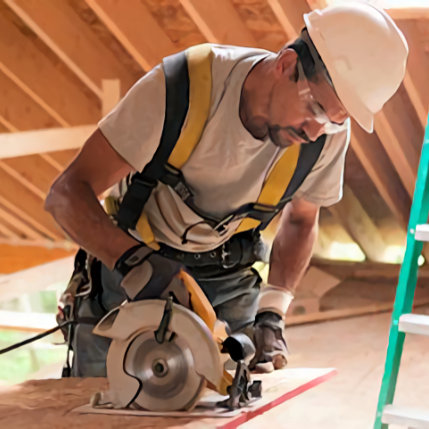Guards
The exposed moving parts of power tools need to be safe-guarded. Belts, gears, shafts, pulleys, sprockets, spindles, drums, flywheels, chains, or other reciprocating, rotating, or moving parts of equipment must be guarded.
Machine guards, as appropriate, must be provided to protect the operator and others from the following:
- point of operation
- in-running nip points
- rotating parts
- flying chips and sparks
Safety guards must never be removed when a tool is being used.
Follow these rules when using circular saws:
- Portable circular saws with a blade greater than 2 inches (5.08 centimeters) in diameter must be equipped at all times with guards.
- An upper guard must cover the entire blade of the saw.
- A retractable lower guard must cover the teeth of the saw, except where it makes contact with the work material.
- The lower guard must automatically return to the covering position when the tool is withdrawn from the work material.
Check out this short podcast by Dan Clark theSafetyBrief.com talks about some innovative table saw technology.
Knowledge Check Choose the best answer for the question.
3-2. When using a circular saw, what must the upper guard cover?
You forgot to answer the question!

